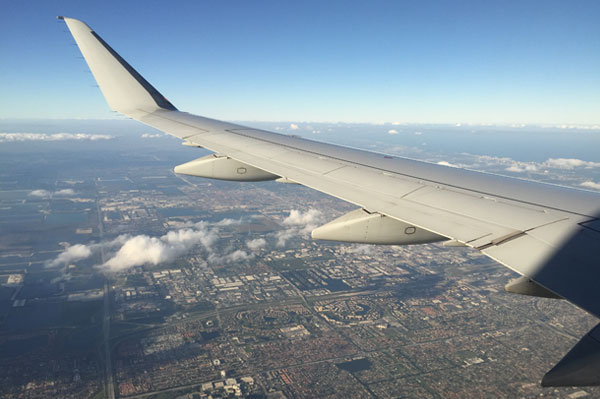September Traffic Growth Slows: IATA
Global passenger traffic results for September show that demand rose 5.5% compared to the same month in 2017, but slowed from the 6.4% growth recorded in August year-over-year, according to the International Air Transport Association (IATA).
Capacity climbed 5.8% and load factor slipped for the first time in eight months, down 0.3 percentage points compared to the year-earlier period, to 81.4%.
IATA estimated that impacts from severe hurricane and typhoon activity in September shaved around 0.1-0.2 percentage points off expected growth. However, even after accounting for these impacts, monthly traffic demand was below the 6.7% year-to-date pace.
“While September’s traffic growth was in line with the long-term average, it represents a moderation compared to recent months,” said IATA director general Alexandre de Juniac. “This is likely owing to the anticipated reduced demand boost from lower airfares due to rising airline cost pressures, particularly fuel. Heightened uncertainty about trade policies and mounting protectionist policies may also be having an impact.”
He added, “Last month, IATA released its latest passenger forecast showing that demand for air travel could double to 8.2 billion passengers in 2037. Aviation already supports 65.5 million jobs and has an economic impact of $2.7 trillion. With growth comes the opportunity to make an even bigger contribution to global well-being. But governments need to start preparing by investing in adequate airport and airspace infrastructure to support rising demand for connectivity. The recent decision to cancel construction of the much-needed new airport for Mexico City is a backward step that will have negative economic ramifications not only for Mexico’s economy, but also for connectivity options across the Latin American region.
“Aviation is the business of freedom. It improves lives and livelihoods and makes the world a better place. But to grow the benefits of aviation, governments need to do their part, by providing sufficient airport and airspace capacity, at an affordable price, and at a quality aligned with our technical and commercial needs.”



